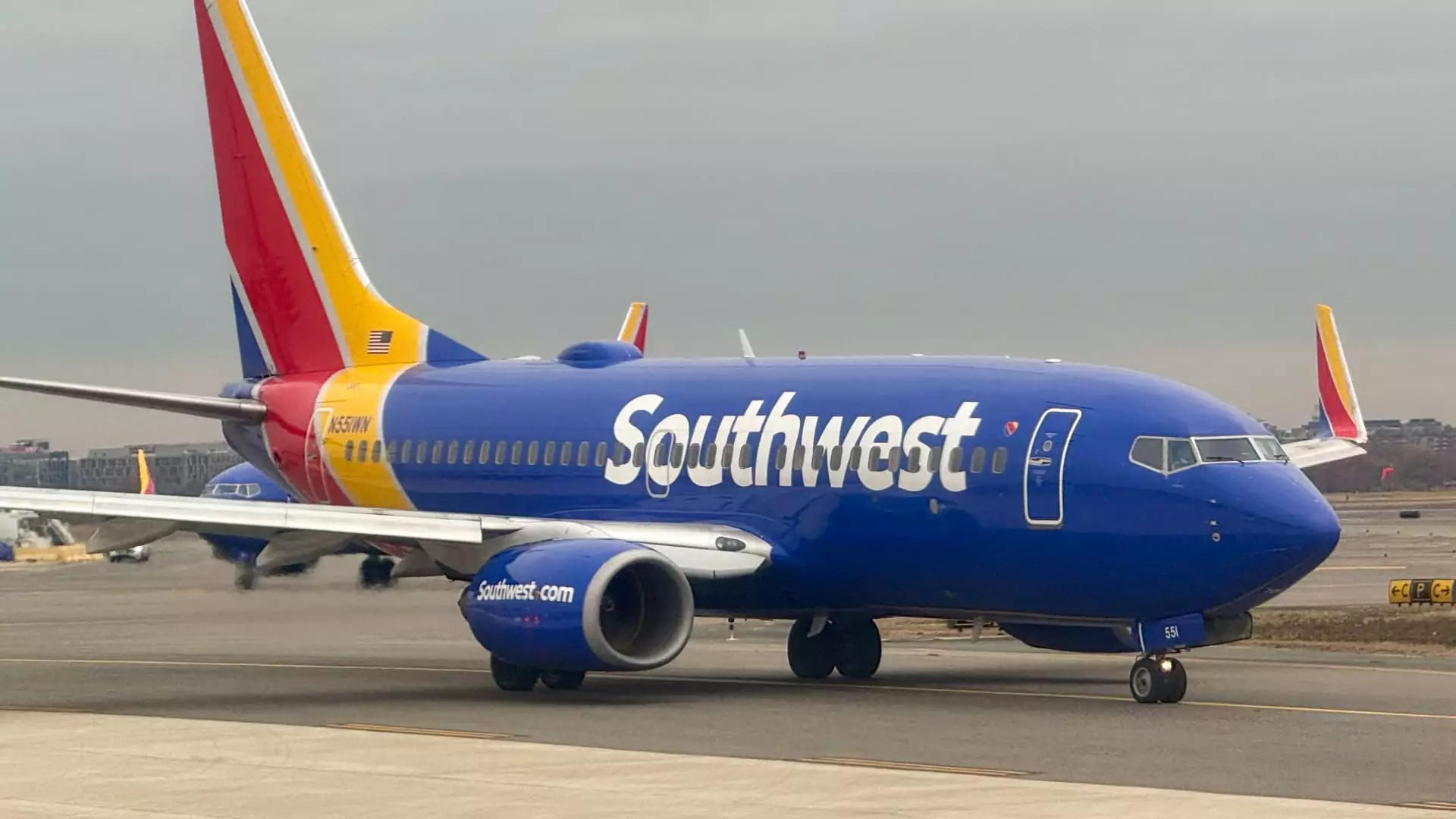In a significant and strategic move, Southwest Airlines announced on Monday its decision to reduce its corporate workforce by approximately 15%, equating to around 1,750 employees. This shocking announcement, deemed “unprecedented” by CEO Bob Jordan, reflects the airline’s urgency to implement cost-saving measures amidst ongoing financial pressures. The airline anticipates that these layoffs will yield annual savings of approximately $210 million for the current year and an increased $300 million by 2026.
In a memo to staff that was subsequently reviewed by CNBC, Jordan expressed the necessity of making tough decisions during what he referred to as a pivotal moment for the airline. He emphasized the company’s need to adapt and evolve into a more streamlined and efficient organization. The magnitude of these layoffs, including cuts to senior leadership roles, points to a broader reevaluation of the company’s operational structure, suggesting that Southwest is not only responding to immediate economic pressures but also redefining its long-term strategy.
The layoffs come on the heels of a settlement with activist investor Elliott Investment Management, which gained a foothold by securing five seats on Southwest’s board, although they stopped short of taking full control. The demands from Elliott included calls for a review of management, including suggestions for replacing CEO Jordan. While these drastic changes in corporate governance align with the recent layoffs, they also signify a shift that aims towards profitability in a fiercely competitive sector.
Beyond job cuts, Southwest has undertaken a series of other cost-reduction strategies. The company imposed a hiring freeze, suspended its internship program, and discontinued its long-standing team-building “rallies” which had been part of the organizational culture since 1985. This proactive approach demonstrates the airline’s commitment to optimizing operational efficiency, essential for surviving in an industry that’s been hit hard by fluctuating travel demands.
The context for these changes is further underscored by Southwest’s recent shift away from its iconic open seating policy—an aspect of its brand for over five decades. In efforts to modernize and appeal to a broader customer base, Southwest is moving towards assigned seating and newly introduced sections that offer extra legroom. The launch of overnight flights signifies an ambitious pivot to create enhancive travel experiences that cater to evolving consumer preferences.
As the layoffs begin in late April, the affected employees will continue to receive their salaries, benefits, and bonuses until their separation. Jordan’s focus on reducing duplication and fostering a lean organizational framework encapsulates the broader industry trend towards operational efficiency. The presence of significant cost-cutting measures and an evolving business strategy points to Southwest Airlines’ deep understanding of the necessity for adaptation in an unpredictable market landscape. Moving forward, stakeholders will keenly observe how these decisions impact the airline’s financial health and competitive positioning in the years to come.


Leave a Reply